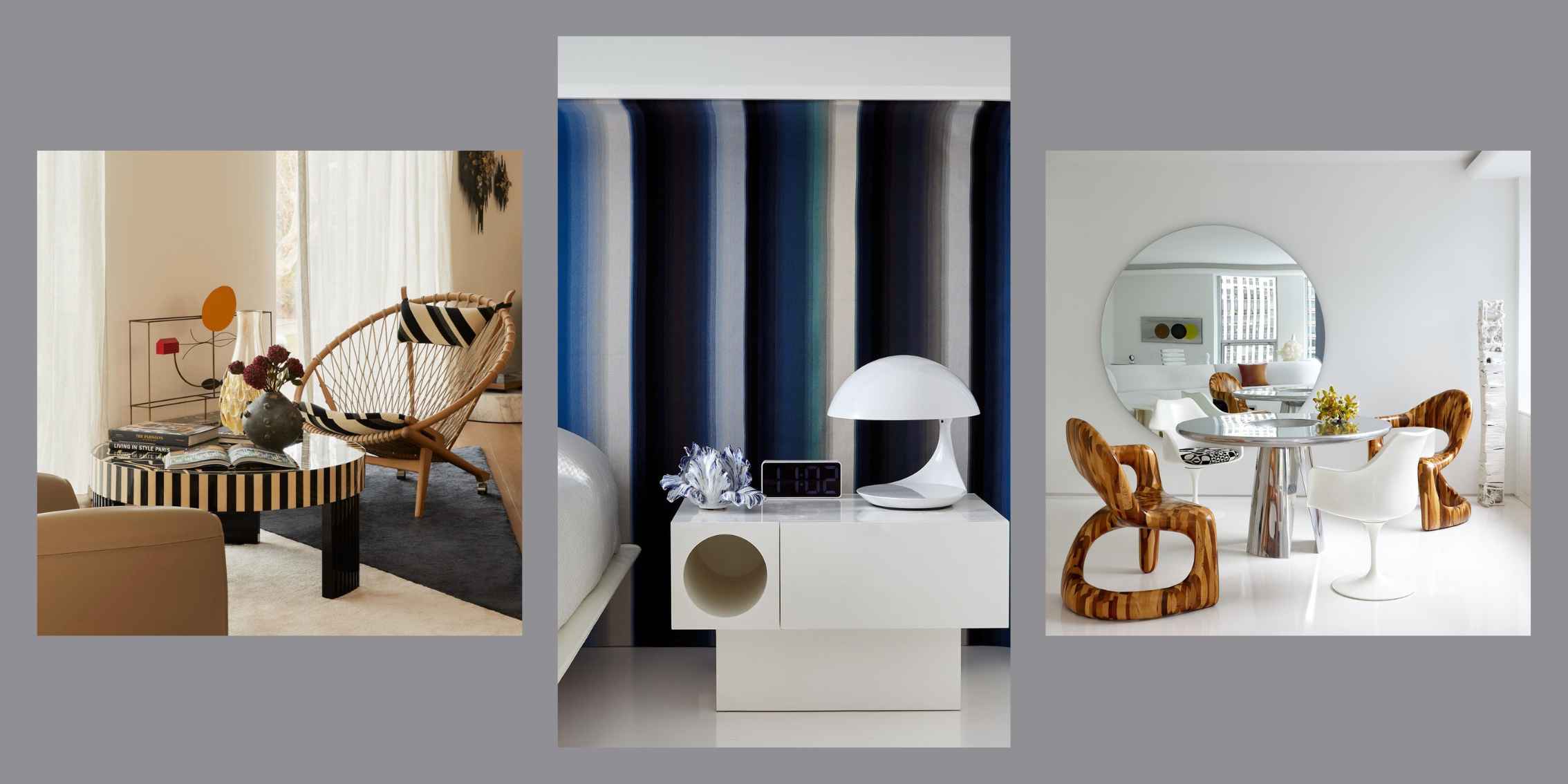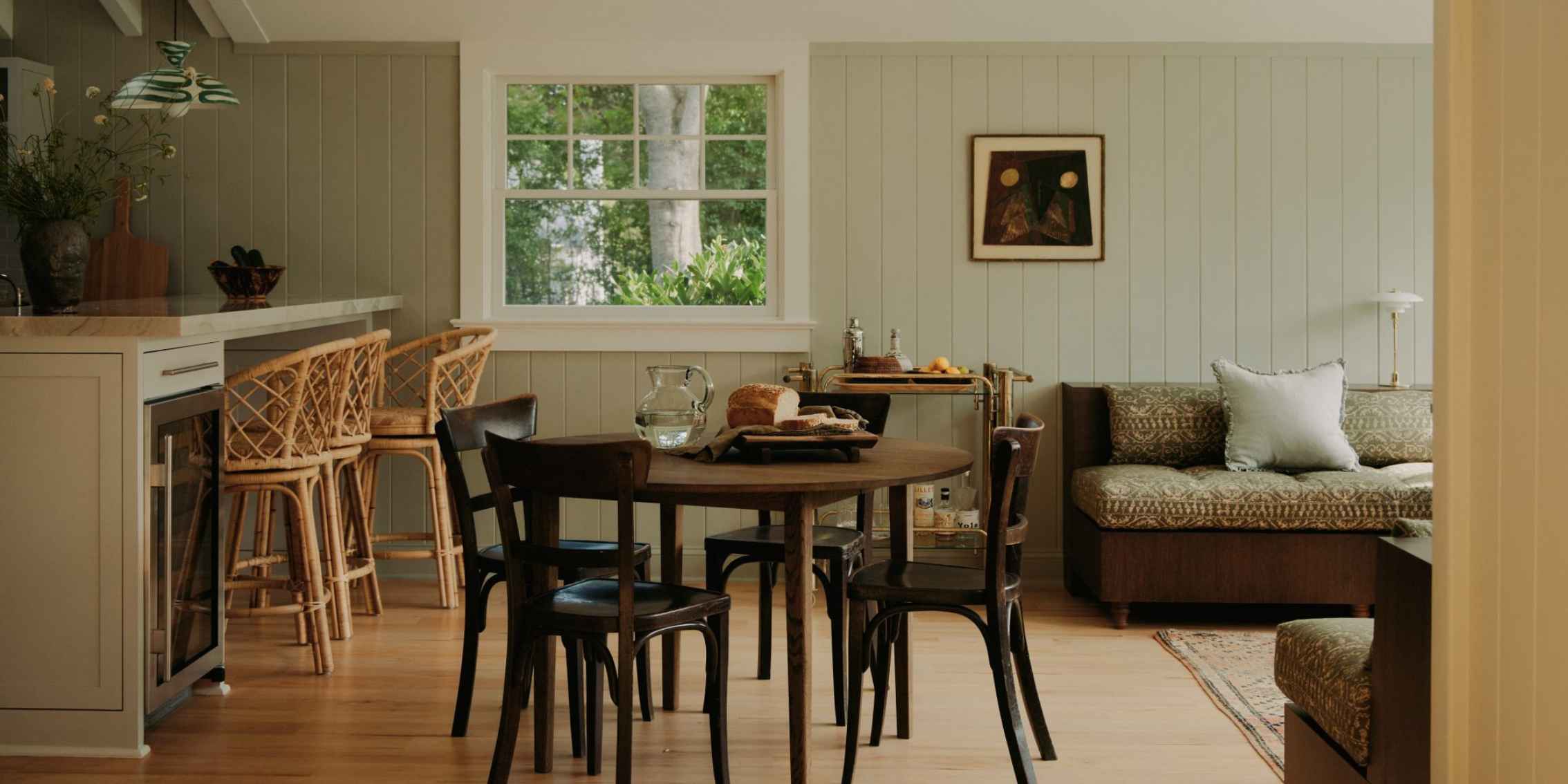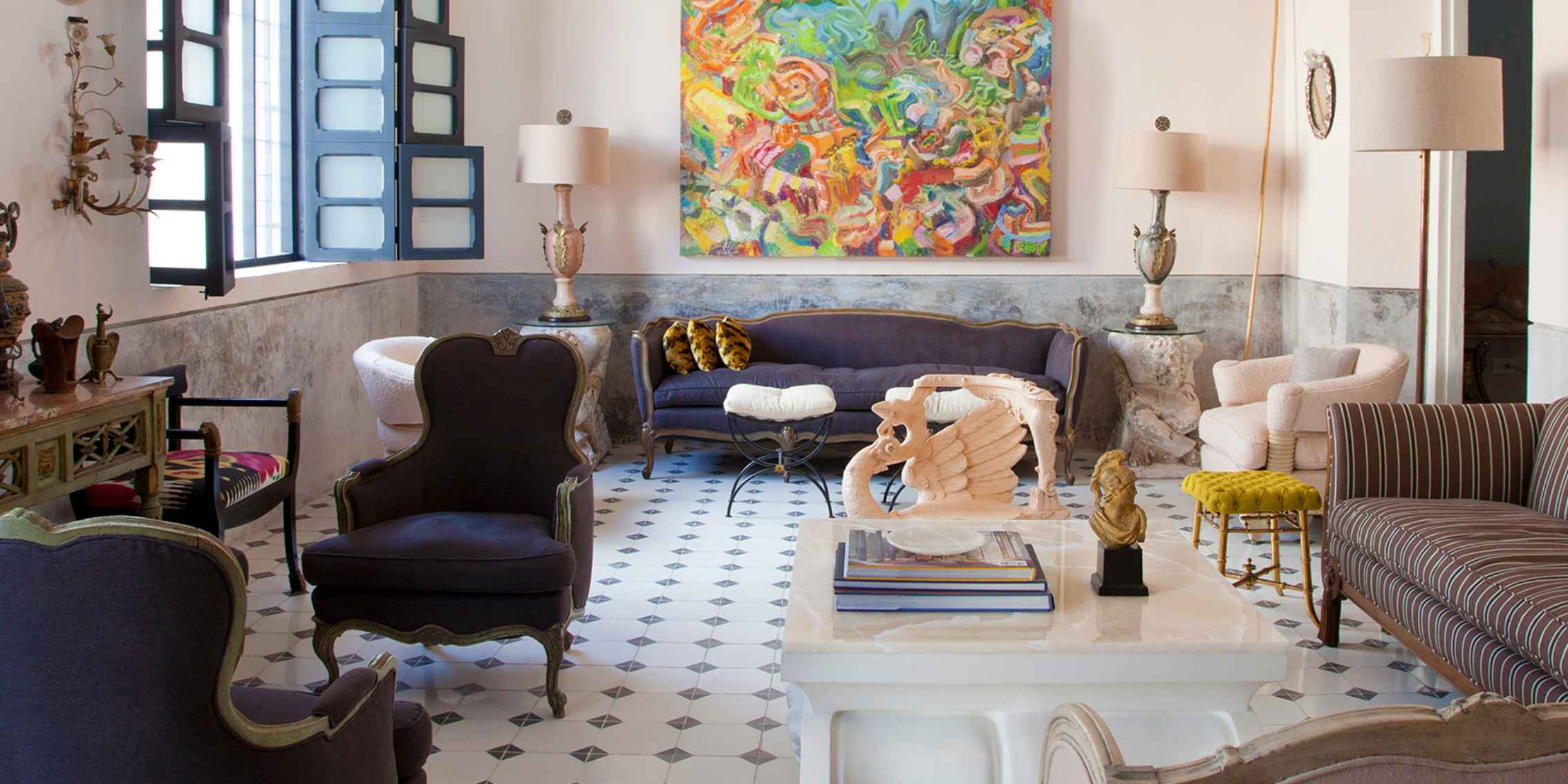Mixing furniture styles can feel risky, but if executed properly it elevates the entire look of a room, it’s both exciting and challenging. Achieving a cohesive interior design that balances contrast and harmony is an art form that can transform any living space. In this guide, we'll explore the intricacies of mixing and matching furniture styles, offering insights and practical tips to help you create stunning and harmonious interiors.

Image source: 1stDibs
Mixing and matching furniture styles involves combining pieces from different design periods or aesthetics to create a unique and personalised space. This approach allows for a dynamic and layered look that can reflect your individual taste and personality. It's a valuable skill in interior design because it adds depth, character, and visual interest, making spaces feel curated and lived-in rather than showroom-perfect.

Image source: 1stDibs
To create a cohesive look, identify common elements such as materials, finishes, or design motifs that can tie different styles together. For example, pairing modern pieces with vintage items that share a similar colour palette or wood finish can create a harmonious blend.
Balance is crucial when mixing styles. Use contrasting elements thoughtfully to create a visual dialogue. For instance, pairing a sleek, contemporary sofa with a rustic coffee table can highlight both pieces' unique qualities while maintaining a cohesive look.
The size and proportion of furniture pieces must be considered to achieve harmony. Large, imposing furniture can overshadow delicate, smaller pieces, so it's essential to balance proportions to ensure a unified design.

Image source: 1stDibs
Start with a Neutral Base
Neutral colours on walls and large furniture items provide a versatile foundation, allowing you to layer in various styles and colours. This approach creates a backdrop that doesn't overwhelm the space, making it easier to integrate diverse pieces.
Layer Textures and Patterns
Incorporating different textures and patterns adds depth and interest. Consider mixing soft fabrics with hard surfaces, or combining geometric patterns with organic shapes to enrich the visual narrative.
Use Colour to Unite Styles
A consistent colour palette can unify disparate furniture styles. Choose a few key colours and repeat them throughout the room in various forms, such as upholstery, accessories, or artwork.
Incorporate Transitional Pieces
Transitional furniture bridges the gap between different styles, acting as a neutral link that ties the room together. Pieces with clean lines and simple forms can complement both traditional and contemporary designs.

Image source: 1stDibs
Avoid clutter by carefully selecting and arranging furniture. Ensure there’s ample space for movement and each piece has room to breathe.
While aesthetics are important, functionality should not be overlooked. Ensure that the mixed styles still serve the practical needs of the space.
Every room needs a focal point to anchor the design. Whether it's a piece of artwork, a statement piece of furniture, or a unique architectural feature, ensure there is a clear visual focus.

Image source: 1stDibs
The Interior Design Institute has an accredited interior design course that offers expert instruction from industry leaders. Our comprehensive curriculum covers everything from foundational principles to advanced design techniques, including mixing and matching furniture styles. You'll join a supportive community of students and tutors, providing a rich and interactive learning experience. Our courses open up numerous career opportunities in the dynamic field of interior design.
Mixing and matching furniture styles can elevate your interior design skills, allowing you to create unique and personalised spaces. Ready to master the art of cohesive interiors? Contact us to enrol in our online interior design course today and start your journey towards becoming a professional designer.